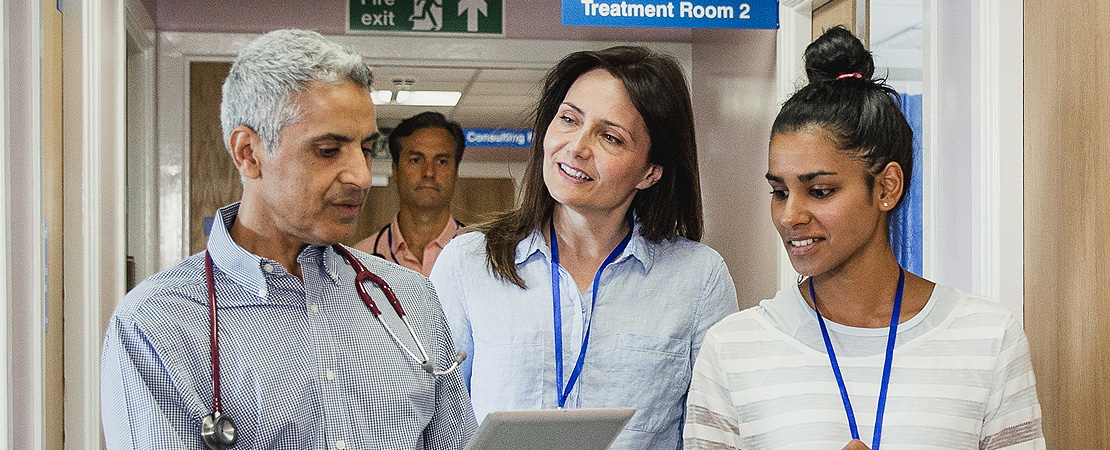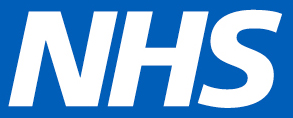
We worked collaboratively with an acute trust in special measures, to identify c£6-8 million in validated temporary staffing cost improvements, underpinned by achievable delivery plans
Challenge
The acute trust had a temporary staffing spend that was an outlier, both in region and nationally, when compared against similar organisations. The trust’s board had identified that workforce and particularly agency should be a priority area for cost savings.
To meet the trust's performance and efficiency targets we were challenged to identify £4-6 million of validated savings over a period of two and a half months with agreed delivery plans for any identified interventions.
What we did
We were given a limited time frame to identify validated cost savings with costed and implementable schemes to enact change.
To ensure deliverability within the time frames, the workforce team focused on areas directly under the control of the trust, that would not require cross-system working. This ensured accountability stayed firmly within the gift of the trust.
We employed a holistic lens to cost reduction that also included the wider drivers of increased spend. This included but was not limited to:
- Recruitment processes, systems and capability
- International recruitment process and supply
- Staff sickness and retention
- Contractual arrangements with 3rd part suppliers
- Policy, governance, grip and control
- Temporary staffing processes and KPIs
- eRostering review
- Agency usage and unit cost
Each area was evaluated in a quantitative and/or qualitative manner as appropriate and deliverable schemes for agency cost reduction were created wherever opportunity was identified. Where cost savings could be achieved but out of the timeframe for the project, they were documented and escalated to the client.
Throughout the length of the project, we collaborated with key management and PMO stakeholders to ensure the deliverability of each scheme and ensure they were not duplicates of existing cost-reduction activities.
Throughout March each validated scheme was worked up into a Project Initiation Document (PID) with high level milestones and action plans, that also included risks, mitigations and where required Quality Impact Assessment documentation.
Activity
Productivity, efficiency and analytics
Supporting Performance and Efficiancy Progragrammes, CIP programmes and cost reduction or avoidance by addressing the causes of high-cost temporary staffing spend.
PMO implementation, operation, turnaround
Project Initiation Documents (PID) with high-level milestones and action plans were developed for each scheme.
Workforce
Supporting high-cost agency programmes from provider to system and regional level.
Outcome
As of delivery on 31 March 2023, NHS SCW had arrived at an agreed cost saving of c.£5.5m with a stretch target of £8m. This was across 7 schemes primarily focused on agency cost reduction, as the trust had a range of bank cost reduction projects underway at various stages of maturity.
Given very tight timeframes the trust felt this was an excellent outcome and not one achievable through their own resource.






